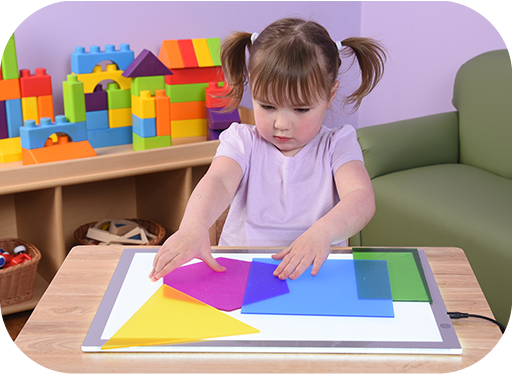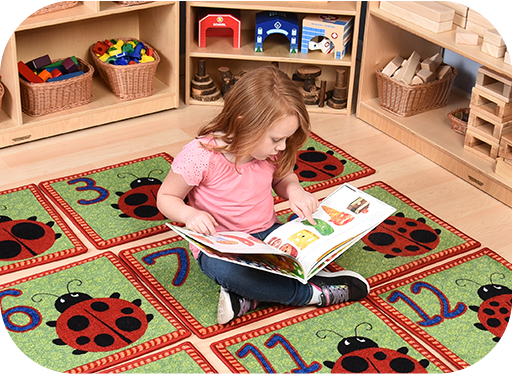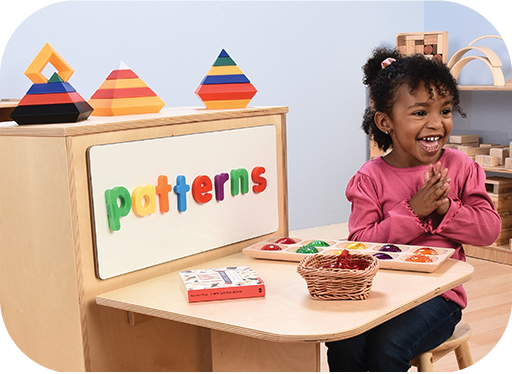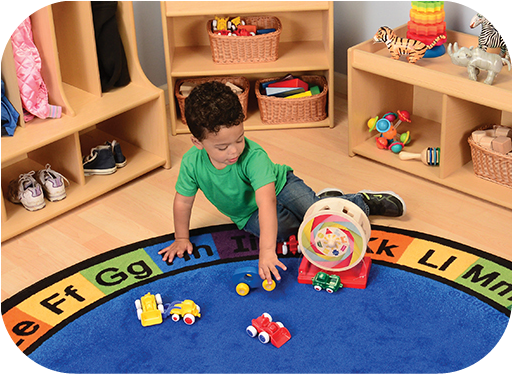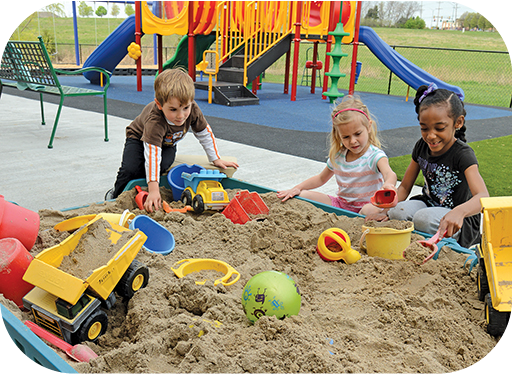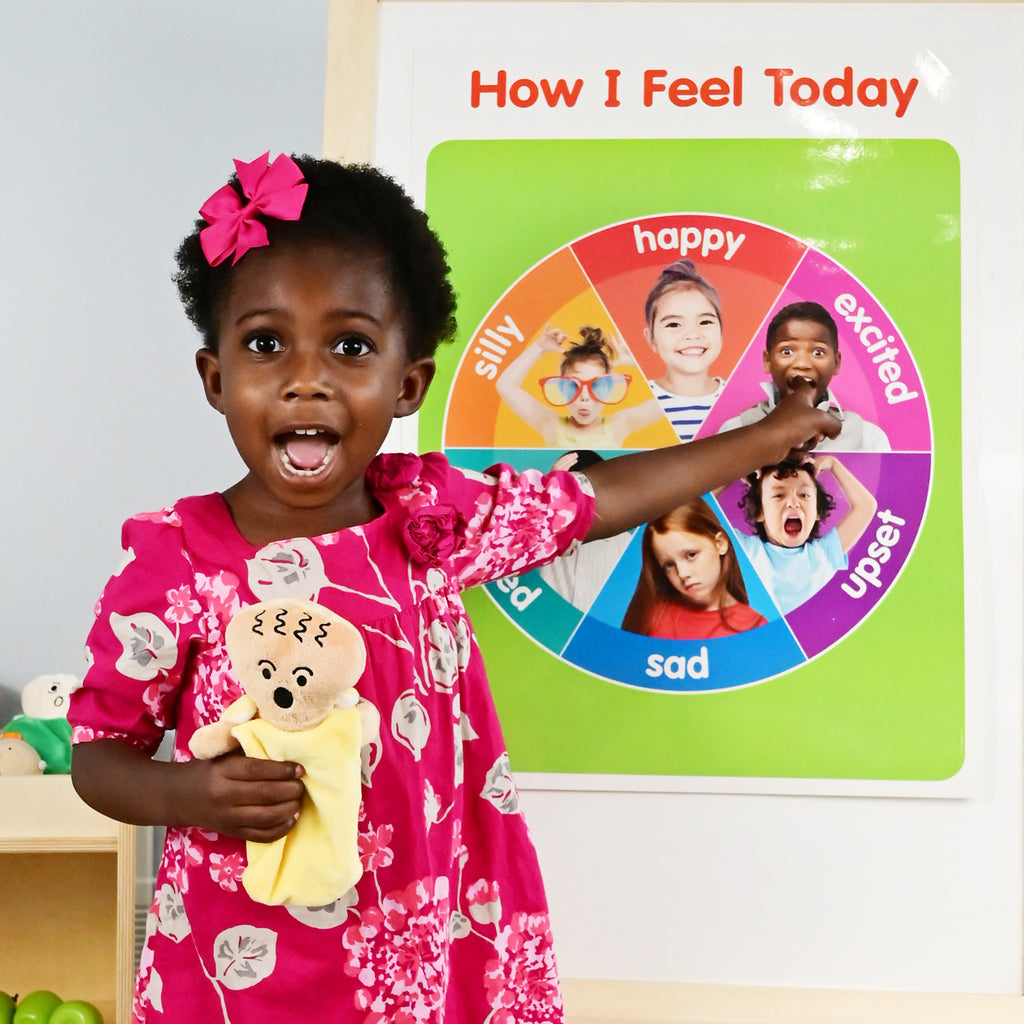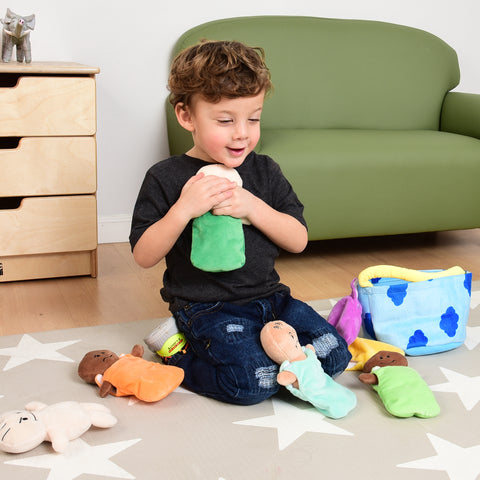
Helping Children Understanding Feelings
CHILDREN & FEELINGS
Children’s social and emotional growth begins at birth and continues throughout their childhood. Social and emotional development is a child’s ability to understand the feelings of others, control their own feelings and behaviors, get along with other children, and build relationships with adults.
Even before birth, babies begin to form attachments with their mothers. This continues as the baby’s needs are met by the family and by early childhood teachers who care for the baby. When these needs are met, babies learn to trust the people around them and form healthy attachments.
As babies grow into toddlers, this attachment is challenged when they learn to say “no”. Caregivers thoughtful reactions to these cries for independence helps children learn they can trust. Attending to children’s cries also helps children learn to acknowledge their feelings. This early labeling of feelings supports children’s understanding that they have different feelings. From crying to cheering their successes, begins to tell children that feelings are okay.
As children become preschool age, learning to label their feelings and emotions is crucial. Reading preschool level books and talking about the characters’ feelings is a good way to have conversations about different feelings. It helps children verbalize thoughts about feelings and can be utilized later when a child may be having those same feelings. It helps to use props with different feeling faces to help children visualize feelings. Dolls with different feeling faces or other materials and toys with different feeling faces can spark conversations that help children understand that feelings are okay and meant to be expressed and discussed.
Early childhood teachers can foster conversations about feelings in their classrooms. Materials, such as books and emotion face props, are helpful to start the conversations. Teachers also need to make connections with children. The more children feel safe, the more growth and learning can occur. Teachers can begin this process upon arrival in their daily greetings with children. Making eye contact, a gentle touch, getting on children’s level, and a bit of playfulness can help children feel welcome and start their day in a positive way.
Teachers can also help children grow emotionally by planning activities that foster friendships in children. Talking about how we are similar and how we are different helps children make sense of the world. Fostering friendships can help children learn to be curious and confident, resolve conflicts, and become negotiators. Talking about feelings can be a good start along with materials and props to aid in the discussions. Using age-appropriate materials throughout classroom daily routines helps children learn and grow socially and emotionally.
Constructive Playthings - We’re your early learning resource.


